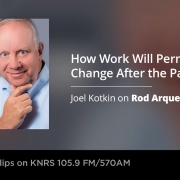Things Are Different Downtown
We are entering a new urban epoch, with the potential to disrupt city life in ways not unlike that created in the shift from an industrial to what Jean Gottman described in 1983 as the “transactional city.” Based on finance, high-end business services and information technology, transactional cities were defined not by production and trade in physical goods, but by intangible products concocted in soaring office towers.
For years, academic researchers, both on the Left and Right, envisioned a high-tech economic future dominated by dense urban areas. Yet when viewed through the lens of migration and employment, London, New York, San Francisco, Chicago, and Los Angeles have all been suffering relative declines for at least the last decade. The ultra-tall towers that once symbolized urban greatness are now as anachronistic as the Cathedrals of the Middle Ages. Office occupancy has been declining since the turn of the century, while construction of new space has also fallen. In 2019, before the pandemic, construction was one-third the rate of 1985 and half that of 2000.
More serious still has been the movement of people. Migration to dense cities, already a small share of all moves, started to decline as early as 2015. But it accelerated during the pandemic. Dense centers — what historian William McNeil described as the “confluence of the civilized disease pools” — have historically suffered the worst during pandemics. Ancient Rome did, as did the great cities of the Renaissance, the Islamic Caliphate, and China. During the COVID-19 pandemic, the dense urban centers of today met the same fate, suffering generally the worst fatality rates.
Migration to dense cities, already a small share of all moves, started to decline as early as 2015. But it accelerated during the pandemic.
The pandemic clearly accelerated a devastating rise in crime and lawlessness, perhaps most notably in London, Paris, Washington, New York, Los Angeles, San Francisco, Philadelphia and Chicago. In some parts of Chicago and Philadelphia, young men now have a greater chance of being killed by firearms than the American soldiers who served during the wars in Afghanistan and Iraq.
Yet it is misleading to blame this on the pandemic alone. Indeed, despite the pre-COVID talk of people moving “back-to-the-city,” suburbs have accounted for about 90% of all metropolitan growth in the United States since 2010, gaining 2 million net domestic migrants, while the urban core counties lost 2.7 million. This process is likely to be impacted over the long term as more workers choose to work at home, at least two to three days a week. Stanford economist Nicholas Bloom has suggested that even after the pandemic, remote workers will constitute at least 20 percent of the workforce, more than three times the pre-pandemic rate.
All this accentuates a mounting crisis for urban governance. Even before the pandemic the transactional city had undermined the middle and working class as costs rose, schools deteriorated, and regulation flourished. Cities like New York, London, and Paris may continue to attract the ultra-rich who buy properties there, even if they live there only intermittently. But they are steadily losing the middle class.
Read the rest of this piece at The Ripon Forum.
Joel Kotkin is the author of The Coming of Neo-Feudalism: A Warning to the Global Middle Class. He is the Roger Hobbs Presidential Fellow in Urban Futures at Chapman University and Executive Director for Urban Reform Institute. Learn more at joelkotkin.com and follow him on Twitter @joelkotkin.
Homepage photo: Sean Pollock, via Unsplash

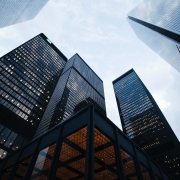 Sean Pollock, via Unsplash
Sean Pollock, via Unsplash D. Ramey Logan, used under CC 3.0 License
D. Ramey Logan, used under CC 3.0 License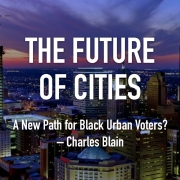
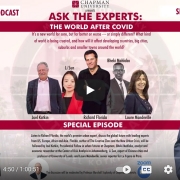
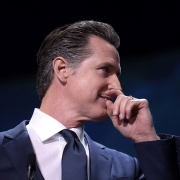 Gage Skidmore, used under CC 2.0 License
Gage Skidmore, used under CC 2.0 License